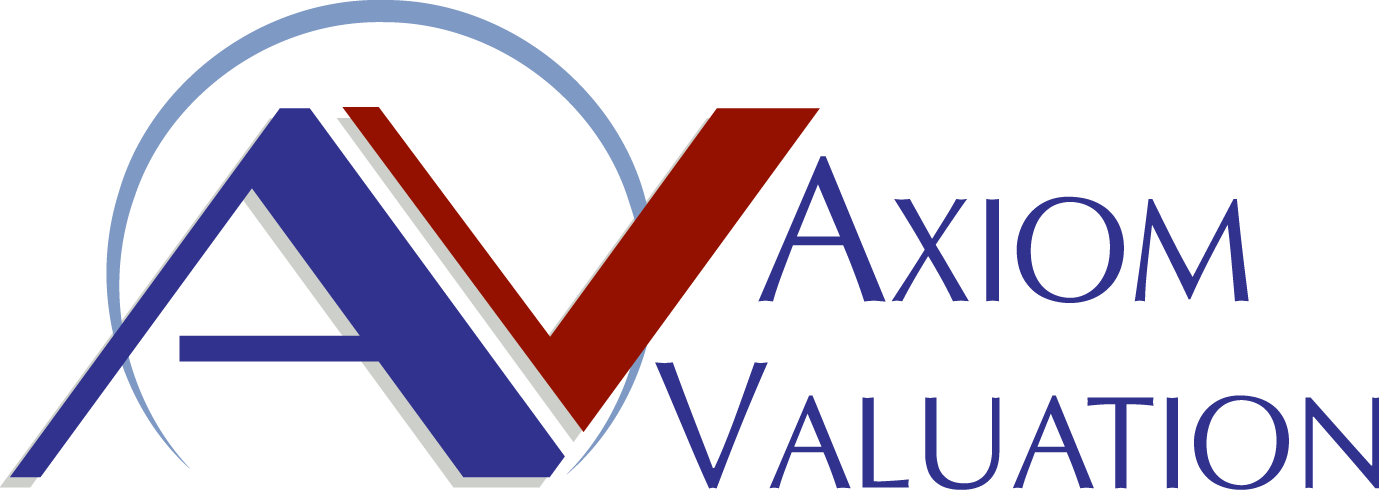Six Myths of Transacting a Private Business
Six Myths of Transacting a Private Business
October 2004
In a recent speech to the Institute for Family-owned Businesses, Dr. Feldman articulated the size myths associated with transacting a private firm. They are:
- Myth 1: Firms in my industry always sell for a multiple of revenue.
- Myth 2: Public firm transaction multiples are larger than private firm transaction multiples.
- Myth 3: Acquirer’s of private firms over pay.
- Myth 4: Most transactions are within the same industry.
- Myth 5: Foreign buyers play no role in the market for private firms.
- Myth 6: Tax status has no impact on firm value.
Two findings that Axiom focused on related to a comparative analysis of transaction multiples. Based on research conducted by James Ang and Ninon Kohers, the authors noted that private firms tend to sell for higher multiples of book value equity than public firms. Moreover these differences were found to be statistically significant. For example, in cash transactions, the median private firm transaction multiple is 2.2 times book value equity, while for a public firm the multiple is only 1.9. This finding is true for all equity deals as well as mixed cash and equity transactions. This seems to suggest that owners of private firms receive more than shareholders of equivalent public firms. But drawing this conclusion would be wrong. The same study suggested that when a public firm’s announces an acquisition of a private firm, the public acquirer’s share price rises. By contrast when a public firm is acquired, the acquirer’s share price declines or remains unchanged. When the share price of an acquiring firm rises when an acquisition of a private firm is announced, this means that shareholders of the acquiring firm believe they are receiving more value than they are paying for. Alternatively, when the share price of a public firm declines upon the announcement of its acquisition of a public firm, acquiring firm shareholders are indicating that management is paying more for the acquisition than it is worth.
The upshot of this analysis is that owners of private firms appear to leave money on the table. Axiom’s analysis indicates owners of private firms receive on average about 15% less than their firms are worth, which on a $50.0 million transaction amounts to $7.5 million.
Why might this happen? There are two possible reasons. The first is that the reported acquisition price is not the total transaction price. The value of earn outs and employment contracts, and other benefits that might accrue to the selling owners may not be properly incorporated into the reported selling price. The other alternative is that the selling owners do not fully understand the value of their firm to the acquiring firm, and therefore sell the firm for what might be termed fair market value, but should be selling it for strategic value. Strategic value is the sum of fair market value plus the value of the synergies that the acquiring firm believes it can create when it combines the assets of the acquired and acquiring firm. If selling owners of private firms are not advised on what its strategic value might be, and/or its management and advisors are is not sufficiently capable of negotiating properly to achieve it, then the transaction price will reflect these deficiencies. While the reported selling price may not include post transaction compensation, the likelihood is that this is not the reason for the large underpayment. The more likely reason is that private owners do not have the resources required to both calculate strategic value and then move forward to negotiate a price that better reflects the synergies the combination is expected to create.

